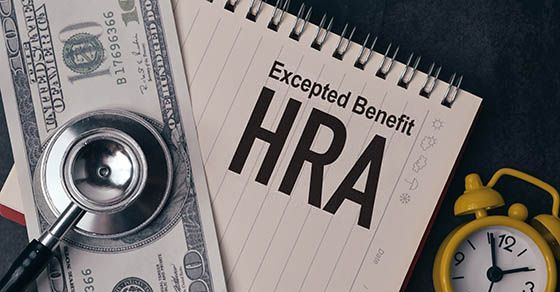Businesses can still cut their 2024 taxes
President-Elect Trump will take power early next year along with a unified GOP Congress. However, it’s still unknown how the tax landscape will change in the coming years. The good news is that businesses have several avenues to explore before year end to trim their federal tax liability for 2024.
Pass-through entity tax deduction
About three dozen states offer some form of the pass-through entity (PTE) tax deduction on the individual tax returns of owners of pass-through entities, such as partnerships, S corporations and limited liability companies. These deductions are intended to bypass the Tax Cuts and Jobs Act’s $10,000 limit on the state and local taxes (SALT) deduction.
Details vary by state, but if available, PTE tax deductions typically allow an entity to pay a mandatory or elective entity-level state tax on its income and claim a business expense deduction for the full amount. In turn, partners, shareholders or members receive a full or partial tax credit, deduction, or exclusion on their individual tax returns, without eating into their limited SALT deduction.
Qualified business income deduction
The qualified business income (QBI) deduction allows owners of pass-through entities, including sole proprietors, to deduct up to 20% of their QBI. The deduction is set to expire in 2026, at which point income would be taxed at owners’ individual income tax rates. (However, with Republicans in control of the White House, the Senate and the House of Representatives beginning in 2025, tax experts don’t expect the deduction to expire.)
To make the most of the QBI deduction for 2024, consider increasing your W-2 deductions or purchasing qualified property. You also can avoid applicable income limits on the deduction through timing tactics.
Income and expense timing
Timing the receipt of income and payment of expenses can cut your taxes by reducing your taxable income. For example, if you expect to be in the same or a lower income tax bracket next year and use the cash method of accounting, consider delaying your customer billing to push payment into 2025. Accrual method businesses can delay shipments or services until early January for the same effect. Similarly, you could pre-pay bills and other liabilities due in 2025.
Bonuses often make a prime candidate for careful timing. A closely held C corporation might want to reduce its income by paying bonuses before year-end. This applies to cash-method pass-through businesses, too. Accrual method businesses generally can deduct bonuses in 2024 if they’re paid to nonrelatives within 2½ months after the end of the tax year.
Asset purchases
There’s still time to make asset purchases and place them into service before year-end. You can then deduct a big chunk of the purchase price, if not the entire amount, for 2024.
The Section 179 expensing election allows 100% expensing of eligible assets in the year they’re placed in service. Eligible assets include new and used machinery, equipment, certain vehicles, and off-the-shelf computer software. You also can immediately expense qualified improvement property (QIP). This includes interior improvements to your facilities and certain improvements to your roof, HVAC, and fire protection and security systems.
Under Sec. 179, in 2024, the maximum amount you can deduct is $1.22 million. The deduction begins phasing out on a dollar-per-dollar basis when qualifying purchases exceed $3.05 million. The amount is also limited to the taxable income from your business activity, though you can carry forward unused amounts or apply bonus depreciation to the excess.
For this year, bonus depreciation allows you to deduct 60% of the purchase price of tangible property with a Modified Accelerated Cost Recovery System period of no more than 20 years (such as computer systems, office furniture and QIP). The allowable first-year deduction will drop by 20% per subsequent year, zeroing out in 2027, absent congressional action. Bonus depreciation isn’t subject to a taxable income limit, so it can create net operating losses (NOLs). Under the TCJA, NOLs can be carried forward only and are subject to an 80% limitation.
Important: Depreciation-related deductions can reduce QBI deductions, making a cost-benefit analysis vital.
Research credit
The research credit (often referred to as the ‘research and development,’ ‘R&D’ or ‘research and experimentation’ credit) is a frequently overlooked opportunity. Many businesses mistakenly assume they’re ineligible, but it’s not just for technology companies or industries known for innovation and experimentation — or for companies that show a profit. It may be worth investigating whether your business has engaged in qualified research this year or in previous years.
The credit generally equals the sum of 20% of the excess of a business’s qualified research expenses for the tax year over a base amount. The Inflation Reduction Act made the research credit even more valuable for qualified small businesses. It doubled the credit amount such businesses can apply against their payroll taxes, from $250,000 to $500,000.
Take action
No business wants to pay more taxes than it needs to. We can help ensure you’re doing everything possible to minimize your taxes with these opportunities and others.
© 2024










